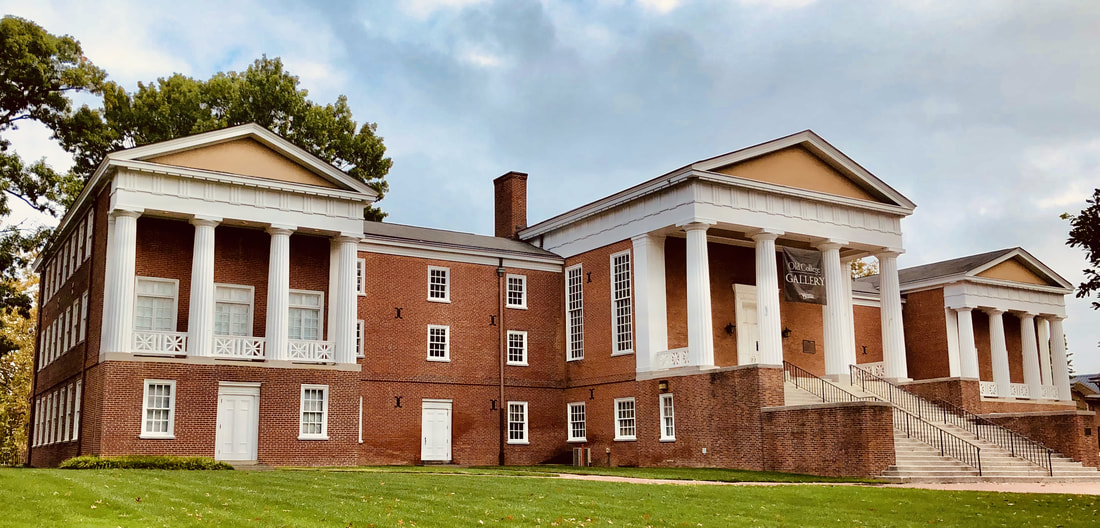The facts of this story are true. The supernatural elements are left up to your imagination. Content warning: contains violence
0 Comments
|
AuthorThis story is by Mary Torbey, Curator of the Newark History Museum ArchivesCategories |
Proudly powered by Weebly


 RSS Feed
RSS Feed